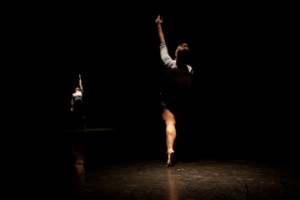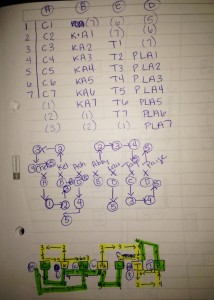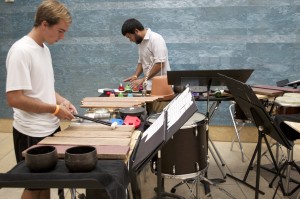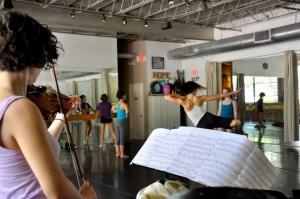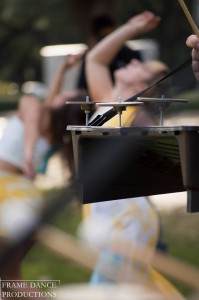8 Lessons for Dancers in Higher Education
by Sarah Wildes Arnett
1. Dance is not a terminal field, even though the MFA is. Most dancers (and performers in general) know and accept this as truth – dancers are students their entire lives. There is always a way to improve and become better as our bodies change and as the field evolves. I accepted this long before making the decision to go back to school. What I did not realize until much later was that this applies to my creative work as well. As I went into my thesis work and now, as a professional and in setting choreography on my students, I started the process of reworking old choreography. I’ve now taken what was originally a sextet and translated it into a duet (which works much better that way) that has been reworked at least five times on different dancers, each time finding out new information about the piece. The piece has evolved from a general exploration of rhythms and patterns to being about a simple relationship to death and the afterlife. I’m pretty sure it’s not perfect yet.
2. It’s ok to beat a dead horse (figuratively). Not every piece has to be a masterpiece and you don’t have to make work about something new and different every time. Some things are worth investigating again and again. Just because you tried something once doesn’t mean you are done and that you cannot do it again.
3. Age is just a number. I went to school with people from all walks of life, including those in my MFA program and the undergraduates working on their BFA and BA degrees. I truly believe that there are things to be learned from each other, no matter what the age as everyone brings in their own experiences and ideas. One of the best collaborators I ever worked with in graduate school (and best friends I’ve ever made) was an undergraduate student, Megen Burgess. We still work together and talk weekly about dancing ideas even though we live 9 hours away from each other.
4. Not every rehearsal has to be in a studio. Megen and I created an entire duet (and mind you, a very physically challenging duet) without managing to spend but maybe a total of 4 hours dancing. Sometimes you just need to have rehearsal at El Carreton. Sometimes you just have to draw a dance.
5. Write everything down. I cannot tell you the number of brilliant ideas (and I mean brilliant – I should be Trisha Brown by now) that I have forgotten because I didn’t write them down. Continue reading


